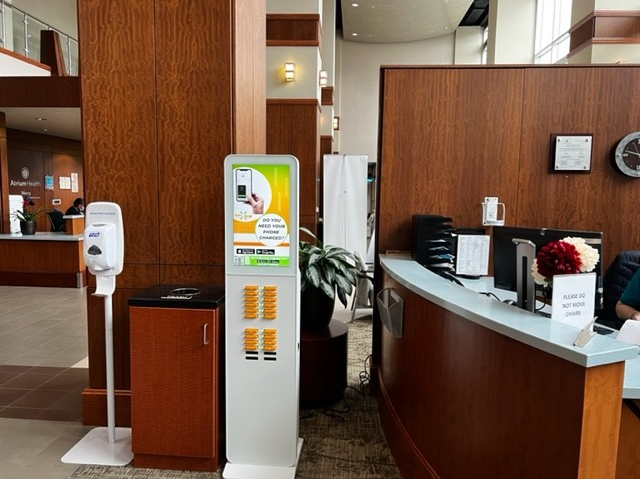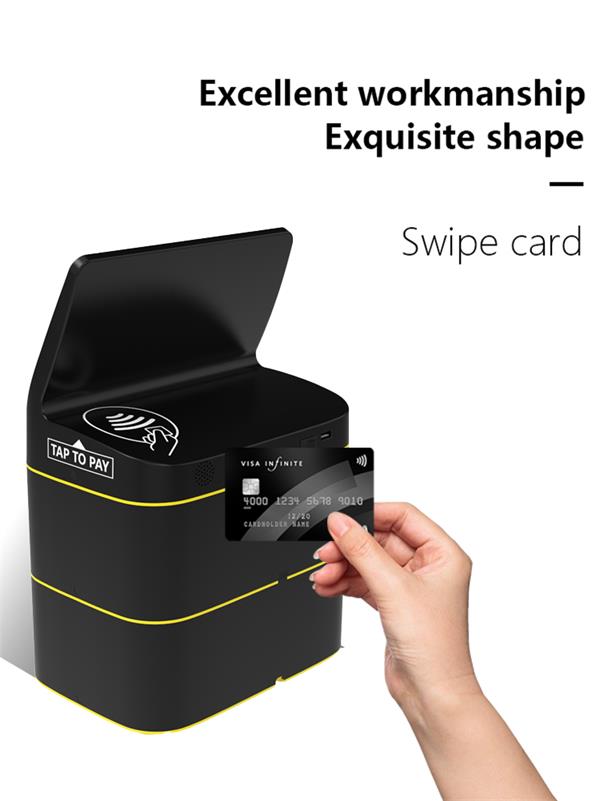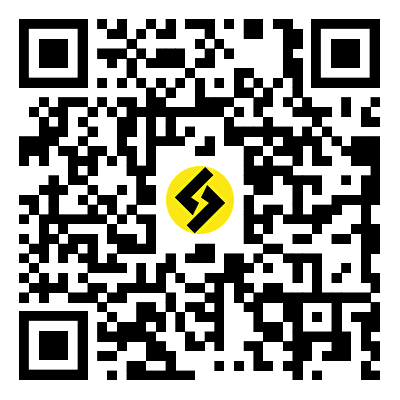In recent years, Spain has emerged as one of Europe’s most promising countries in digitalization and smart city development. From Madrid to Barcelona, demand for convenient mobile services is growing rapidly. Among the common urban needs, one small yet critical issue stands out: low battery anxiety.
As smartphones become integrated into every aspect of daily life, running out of battery is more than an inconvenience—it can interrupt mobility, payments, communication, and even business operations. That’s why the shared power bank rental model, already widely adopted in countries like China, is gaining traction in Spain.

High smartphone penetration
Spain ranks among the top European countries in smartphone usage. According to Statista, over 90% of the Spanish population owns a smartphone, using it daily for navigation, payments, social media, and entertainment.
This heavy dependence creates continuous demand for charging. Due to a lack of public power outlets, shared power bank rental services are becoming a practical solution.
Strong tourism with high foot traffic
Spain welcomed more than 85 million international tourists in 2023 alone. Cities like:
-
Barcelona (beaches, architecture, nightlife)
-
Madrid (business, exhibitions, shopping)
-
Seville (culture, history, festivals)
see constant flows of people through airports, subways, museums, shopping malls, restaurants, and convenience stores — all ideal places for setting up power bank stations.
Tourists, in particular:
-
Rarely carry chargers or adapters
-
Use phones heavily for maps, translation, and photos
-
Prefer fast, app-free rental systems
Fragmented retail, ideal for compact stations
Spanish cities are full of small and medium-sized shops like cafés, bookstores, restaurants, 24/7 stores, and coworking spaces.
These venues are perfect for installing 6-slot or 8-slot power bank stations:
-
Easy to place
-
Low installation cost
-
Quick return on investment
For operators, this means:
-
High usage frequency
-
Revenue-sharing with venues
-
Scalable expansion into more cities

Learning from the Chinese model
In China, shared power bank stations are a part of daily life. They can be found in metro stations, airports, malls, and restaurants, supporting QR code rental, NFC payments, and cloud-based management.
Although Spain’s market differs, it shares similarities in digital habits and consumer behavior. If the equipment is easy to use, supports card/NFC payments, and offers seamless return, adoption will be fast.
Why now?
-
Growing acceptance of contactless payments and NFC
-
Retailers looking to enhance customer experience
-
Government investment in smart cities and tourism
-
Still few competitors — first-mover advantage





.jpg)

.jpg)
.jpg)
.jpg)








